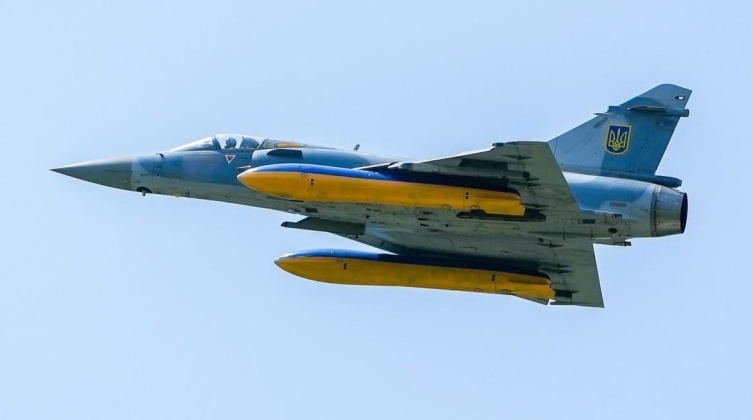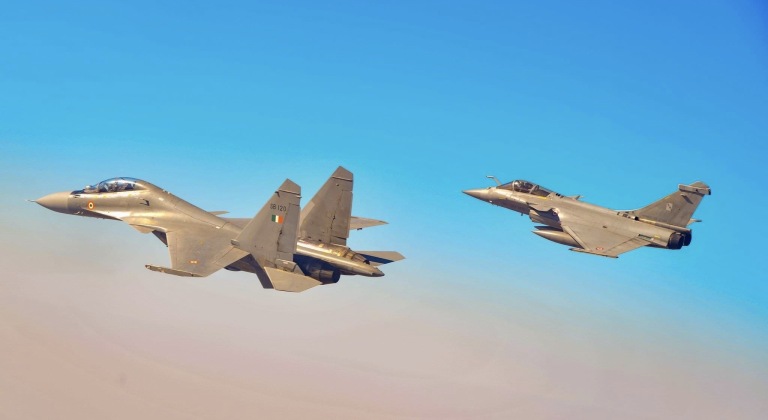News
Ukraine and Europe Plan to Make Russia Pay For New Rafale Fighters
Ukrainian President Volodymyr Zelensky has confirmed that talks are underway with France to procure Rafale fourth generation fighters to modernise the country’s air force, as leaders in the European Union consider options to appropriate frozen Russian funds to finance the Eastern European state’s war effort. Although the appropriation of Russian funds has been widely criticised as illegal, and potentially having serious consequences in stimulating other states to repatriate their wealth to beyondWestern reaches, it is expected to provide a major boon to defence industries across Europe as it is used to finance large scale defence orders. While Ukraine faces increasingly extreme debts and has become overwhelmingly reliant on Western aid to sustain its economy, access to tens of billions in frozen Russian assets is expected to allow it to place major defence orders. The Rafale is the second of two fourth generation fighter types developed in France, with its predecessor the Mirage 2000s having begun deliveries to Ukraine in early February. Significant commonality in weaponry and maintenance infrastructure between the two could allow the Ukrainain Air Force to operationalise the Rafale more quickly.

The Ukrainain Air Force currently fields five fighter types including the heavyweight Su-27 air superiority fighter and Su-24M strike fighter, the medium weight MiG-29A/UB, and lightweight F-16s and Mirage 2000s recently donated by NATO members. Although the Su-27 is by far the most capable, with a much longer range, superior flight performance, larger radar and higher weapons carrying capacity, the aircraft are not available from Western-aligned states, while the majority that Ukraine inherited from the Soviet Union have been lost both in the ground and while flying. The Ukrainian Defence Ministry plans to eventually phase its Soviet-built fighters out of service, and build a new fleet with the very lightweight Swedish Gripen E/F as its backbone, supported by larger but still relatively light Rafales, and by a small number of secondhand F-16s. The fact that these Western-origin fighters can be modernised by Ukraine’s strategic partners makes them preferable to Soviet fighters.

The combat potential of the Rafale for air-to-air operations has repeatedly been brought to question, with longstanding concerns having intensified after the aircraft’s first high intensity combat test in May. The engagement saw between one and four Rafales flown by the Indian Air Force neutralised during engagements with the Pakistan Air Force’s Chinese-supplied J-10C fighters, which are among China’s lower end fighters in production today. Nevertheless, with the possible exception of Russia’s small fleet of Su-57s, the J-10C is significantly more sophisticated than any fighter type in Russian service, and has proven capable of outmatching Russian Su-35s during exercises. Thus while the Rafale may well be obsolete in the Pacific theatre, it could potentially be able to hold its own in an Eastern European conflict. The Rafale’s primary advantage over Russian fighters was previously its integration of the Meteor beyond visual range air-to-air missile, although confirmation in July that Russian fighters had begun to integrate R-77M missiles largely bridged the performance gap. If procured, the fighters are expected to form the elite of a future Ukrainian fleet.












